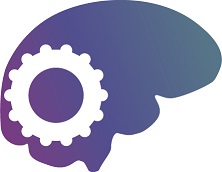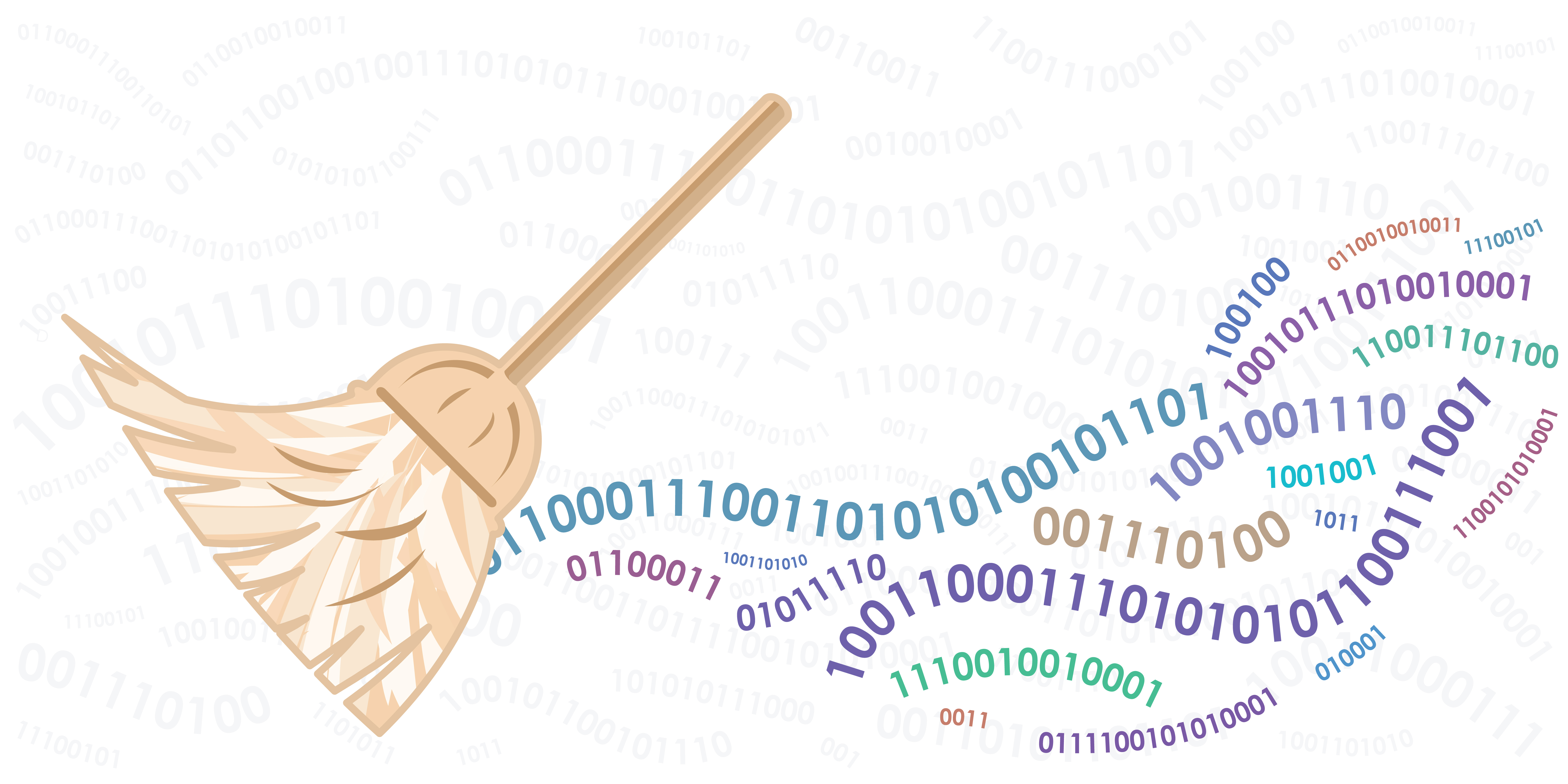Home-cage monitoring general behavior of C57BL/6J male mice during the CognitionWall test 3 months after open-field LIB exposure
DOI:10.34945/F59W23
DATASET CITATION
Zuckerman A., Siedhoff H. R., Balderrama A., Cui J., Gu Z. (2023) Home-cage monitoring general behavior of C57BL/6J male mice during the CognitionWall test 3 months after open-field LIB exposure. Open Data Commons for Traumatic Brain Injury. ODC-TBI:872 http://doi.org/10.34945/F59W23
ABSTRACT
STUDY PURPOSE: Evaluate the chronic-phase behavioral alterations 3 months after exposure to low-intensity blast in a home-cage-like environment during the CognitionWall test.
DATA COLLECTED: A total of 52 male C57Bl/6J mice, 8 weeks old, were used. The mice were randomly allocated into one of two groups: Blast (n=29) or Sham (n=23). Mice in the Blast group were exposed to open-field low-pressure blast wave (46.6 kPa, maximum impulse of 60.0 kPa*ms), under anesthesia. Mice from the Sham group were anesthetized but were not exposed to the blast wave. 3 months post-exposure, general behavior on the locomotor activity of the mice was measured using the PhenoTyper® home-cages (Model 3000, Noldus Information Technology, The Netherlands) and CognitionWall™ system (Noldus Information Technology, The Netherlands). All mice were familiar with the home-cage environment by being placed in the PhenoTypers for three days before conducting the CognitionWall assessments. Each mouse was housed individually, and its activity was continuously measured for 96 hours at a sample rate of 15 fps. Program-acquired data were uploaded to the web-based AHCODA-DB (Sylics, Bilthoven, The Netherlands) for meta-analysis. Eighteen behavioral parameters were analyzed and included in this dataset. See protocols and other related data in the relevant links section below.
CONCLUSIONS: No significant differences were found between the Blast and Sham mice in different parameters of general behavior on the locomotor activity. These data provided the essential baseline of both LIB-exposed mice and Sham controls in order to exclude the possibility that different performances in the CognitionWall tasks were caused by differences in overall locomotor activity.
KEYWORDS
primary open-field blast; home-cage monitoring; PhenoTyper; CognitionWall test; locomotor activity
PROVENANCE / ORIGINATING PUBLICATIONS
Chen S, Siedhoff HR, Zhang H, Liu P, Balderrama A, Li R, Johnson C, Greenlief CM, Koopmans B, Hoffman T, DePalma RG, Li DP, Cui J, Gu Z. Low-intensity blast induces acute glutamatergic hyperexcitability in mouse hippocampus leading to long-term learning deficits and altered expression of proteins involved in synaptic plasticity and serine protease inhibitors. Neurobiol Dis. 2022 Apr;165:105634.
DOI: 10.1016/j.nbd.2022.105634. PMID: 35077822.. doi:10.1016/j.nbd.2022.105634.
RELEVANT LINKS
-
Home-cage monitoring spontaneous activity of C57BL/6J male mice 3 months after open-field low-intensity blast exposure
https://dx.doi.org/10.34945/F5FK5C
Related dataset in ODC-TBI
-
Open-field blast (OFB) model in mice protocol
https://dx.doi.org/10.17504/protocols.io.yxmvm2kwog3p/v1
Protocol for the Open-field blast (OFB) model in mice in protocols.io
-
Open-field Blast parameters dataset
https://dx.doi.org/10.34945/F5630G
Datasets with the blast parameters for the relevant subjects
NOTES
|
|
DATASET INFO
Contact: Gu Zezong (guze@health.missouri.edu)
Lab: PRECISE-TBI Lab: Truman Memorial VA
ODC-TBI Accession:872
Records in Dataset: 5510
Fields per Record: 24
Last updated: 2023-06-09
Date published: 2023-06-09
Downloads: 23
Files: 2
LICENSE
Creative Commons Attribution License (CC-BY 4.0)
FUNDING AND ACKNOWLEDGEMENTS
Department of Veterans Affairs Offices of Research & Development (VA ORD) LAMb/ShEEP programs, BLR&D Director Service program UFR-002-18F, Open-Field Blast (OFB) Core, and the Collaborative Merit Review for TBI Research Program I01 BX004313-01A1 (ZG), DoD Congressionally Directed Medical Research Programs (CDMRP) for the Peer Reviewed Alzheimer’s Research Program Convergence Science Research Award PRARP-CSRA; AZ180043 (ZG), Research funds of the University of Missouri to Z.G.
CONTRIBUTORS
- Zuckerman, Amitai [ORCID:0000-0002-7075-1913]
- Harry S. Truman Memorial Veterans’ Hospital Research Service, Columbia, Missouri, USA; Department of Pathology and Anatomical Sciences, University of Missouri School of Medicine, Columbia, Missouri, USA
- Siedhoff, Heather R.
- Harry S. Truman Memorial Veterans’ Hospital Research Service, Columbia, Missouri, USA; Department of Pathology and Anatomical Sciences, University of Missouri School of Medicine, Columbia, Missouri, USA
- Balderrama, Ashley
- Harry S. Truman Memorial Veterans’ Hospital Research Service, Columbia, Missouri, USA; Department of Pathology and Anatomical Sciences, University of Missouri School of Medicine, Columbia, Missouri, USA
- Cui, Jiankun
- Harry S. Truman Memorial Veterans’ Hospital Research Service, Columbia, Missouri, USA; Department of Pathology and Anatomical Sciences, University of Missouri School of Medicine, Columbia, Missouri, USA
- Gu, Zezong [ORCID:0000-0002-2411-7460]
- Harry S. Truman Memorial Veterans’ Hospital Research Service, Columbia, Missouri, USA; Department of Pathology and Anatomical Sciences, University of Missouri School of Medicine, Columbia, Missouri, USA
|




